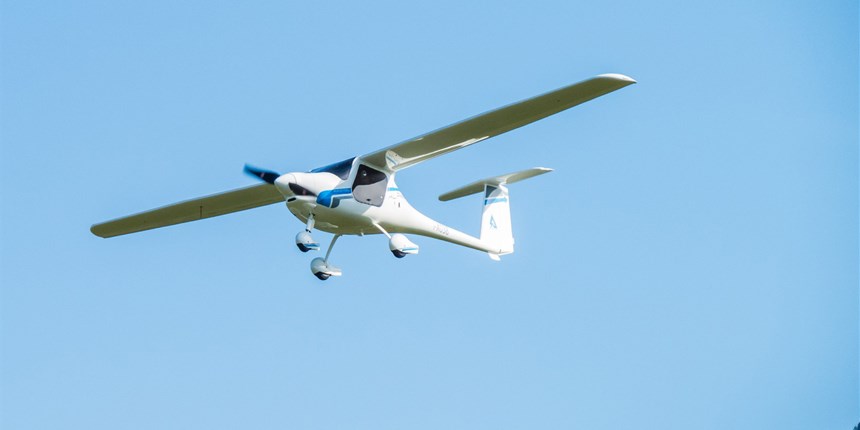ã€Global Network Technology Report】Environmental electric vehicles have been running for many years, and now it seems that electric vehicles will soon appear in the sky. A few days ago, a purely electric single-engine aircraft completed its first test flight in Australia, which means that a new "green revolution" is coming. The small electric aircraft will operate in a similar manner to Uber, providing short-haul services based on customer needs. The two-seater electric Alpha Electro aircraft was built by the Slovenian aircraft manufacturer Pipistrel. It took off from the Mindkot airport in Pace (Australian cities) and circled around the airport for two weeks before landing.

Pace startup company Electro.Aero was involved in the development of this electric aircraft. Richard Charlton, the company’s financial manager, said: “The flight went very smoothly and there was no plan in advance. It was just in accordance with the normal flight mode. The control tower was also very excited. ."
According to Pipistrel, the aircraft is powered by two lithium-ion batteries and can fly for up to 60 minutes at a rate of nearly 100 mph (approximately 161 kilometers per hour) on a single charge, and has support for additional flights. Standby power for minutes. Conventional, fuel-powered aircraft of the same size can fly for up to six hours, travel about 795 miles (about 1280 kilometers), and have a top speed of about 126 miles per hour (about 202 kilometers per hour).
But electric aircraft has a key advantage over traditional fuel aircraft. In addition to reducing emissions, they have lower flight and maintenance costs. Charlton said: "The electric engine is quite simple. It uses a moving part and is a very small part. The electric engine can be said to be a solid engine." Another advantage is the noise of the engine. The electric aircraft is completely free of noise. Using Alpha Electro's engine costs only 3 dollars an hour. The plane can use electricity more efficiently and can take off with only 60 kW of electricity and 20 kW of electricity can support cruising.
Dr. Richard Anderson, head of the Eagle Flying Research Center at Embry-Riddle Aeronautical University said: "If you want to control the aircraft in a near-urban environment, government agencies will not allow helicopters to fly. The electric engine enables the aircraft to complete our work. Things that could not be done in the last century."

Dr. Anderson said that air travel that is completely dependent on electricity is still impractical for large aircraft, especially commercial flights. However, he believes that this technology has the potential to be used to build a fleet of four electric aircraft fleets, providing people with airborne shared aircraft services, similar to ground taxi services such as Uber and Lai Fu.
Anderson said: "The helicopter is more efficient, but it will create more noise. If you land the helicopter on the roof, your neighbors will not agree, and the mute effect of electric technology has the hope that electric aircraft will become Socially more acceptable modes of transport. And urban workers may not need to wait too long to enjoy air taxi services. I think in 2022 you will see the electric planes begin to provide services."
